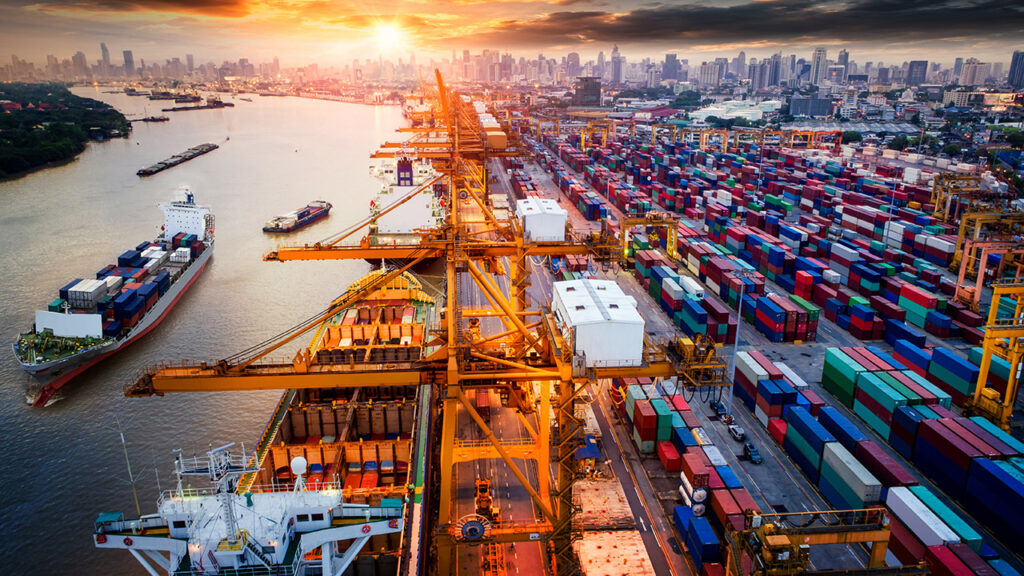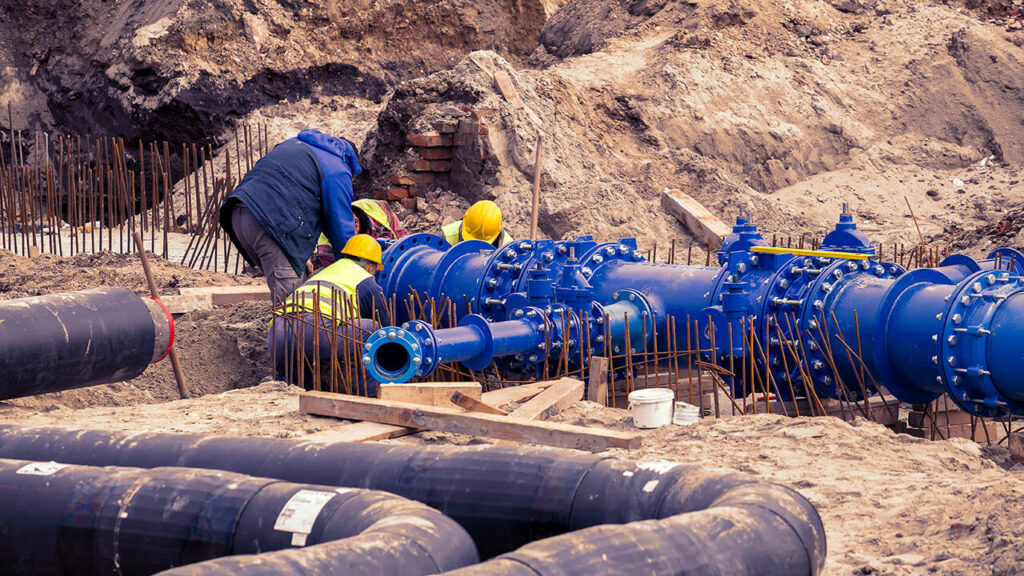
Leveraging AI in heavy civil construction
In this day and age, we’re quickly seeing the digitisation of almost every industry, with advancements such as Artificial Intelligence (AI) being a key frontrunner enabling this shift.
However, many companies are being forced to reassess their manufacturing activities and operations with various transformative and disruptive global events taking front and centre in recent years – the pandemic, inflation, and more. And one of the fundamental changes US companies are considering is relocating their operations away from overseas countries and bringing their manufacturing back home – a process called reshoring.
But is reshoring the right choice, or is this hot topic just a knee-jerk reaction to today’s current world, with inflation having a significant impact on business operations globally?

In today’s world, the prospect of reshoring is at the forefront of all business owners’ minds, and it’s becoming an increasingly growing trend for manufacturers.
Reshoring is the practice of bringing production and manufacturing operations “back home” to the country where the company was initially established – after originally being transferred overseas. Essentially, it’s the opposite of offshoring, which is relocating an operational activity abroad to reduce labour costs. The reshoring process can also be referred to as backshoring or inshoring.
Alternatively, a business could opt for “near-shoring”, which sits in the middle of offshoring and reshoring. Relocating manufacturing operations entirely back to the original country is not a business’s only option, with “near-shoring” opening up the possibility of moving a part of a company’s supply chain to countries nearby. For example, most American reshoring activity is based in Asia, but these activities could be taken to nearby countries such as Mexico and Canada.
The primary driving force for why businesses consider reshoring is simple – saving money on labour expenses.
In the US, the premise of offshoring emerged when companies were seeking cheaper, more cost-efficient labour overseas, especially in Asia. However, key players in the offshore manufacturing scene, like China, have experienced significant wage inflation in recent years.
Consequently, the previous money-saving benefit of offshoring no longer exists, hence reshoring. Whereas in the US, the relative cost of labour in the US appears to have remained reasonably stable, highlighting a market for reshoring manufacturing operations.
In a time when the COVID-19 outbreak was rife, global supply chains and business operations came to a screeching halt, with shipping and transit in gridlock and disruptions around every corner. Similarly, events such as the war in Ukraine have been a catalyst for losses of foreign assets and many cracks in trade relations. Consequently, many businesses are now reminded of the possibility of geopolitical events impacting their future manufacturing activities.
Though we’re yet to see the long-term benefits and results of reshoring (as it is a relatively new trend), the possibility has sparked speculation amongst business owners globally, posing one key question: are we seeing the decline of globalisation and the rise of reshoring? Only time will tell.
As we know, COVID-19 profoundly impacted businesses globally, which is said to have affected 98% of global supply chains. And even though the pandemic is well and truly behind us, its aftermath is still lingering and remains in business owners’ minds.
Therefore, companies are now keen to strengthen and enhance their supply chains to make operations much more resilient to any unprecedented events that may crop up.
Though the list of disadvantages when it comes to reshoring are minimal compared to the advantages, the cons related to the process are big – potentially creating huge blockers in the entire process:

So, it does seem that reshoring could become a viable option for all kinds of manufacturing businesses in the US, helping reduce unemployment, streamline the supply chain, potentially take away budget strains and even prevent risks caused by unstable international events. According to recent research, 70% of firms surveyed said they would likely reshore in the coming years.
However, the route to reshoring manufacturing is no easy feat, and it will come hand in hand with many external complexities. Hopefully, time will tell if these complexities are worth the move and if they’ll work to restore significant employment of skilled manufacturing workers in these nations.
Here at Foster Lawson, we’re dedicated to finding the finest talent for manufacturing companies worldwide, particularly across the US. Whether you need skilled leaders to help with reshoring efforts or talented executives to lead your business towards success, let us be your chosen search partner.

In this day and age, we’re quickly seeing the digitisation of almost every industry, with advancements such as Artificial Intelligence (AI) being a key frontrunner enabling this shift.

In previous years, businesses choosing to offshore their manufacturing operations and processes overseas was commonplace, becoming particularly popular for companies in the US.

Though the world we live in is filled with water, it still remains an incredibly finite resource with only a tiny portion of it declared safe for human consumption.